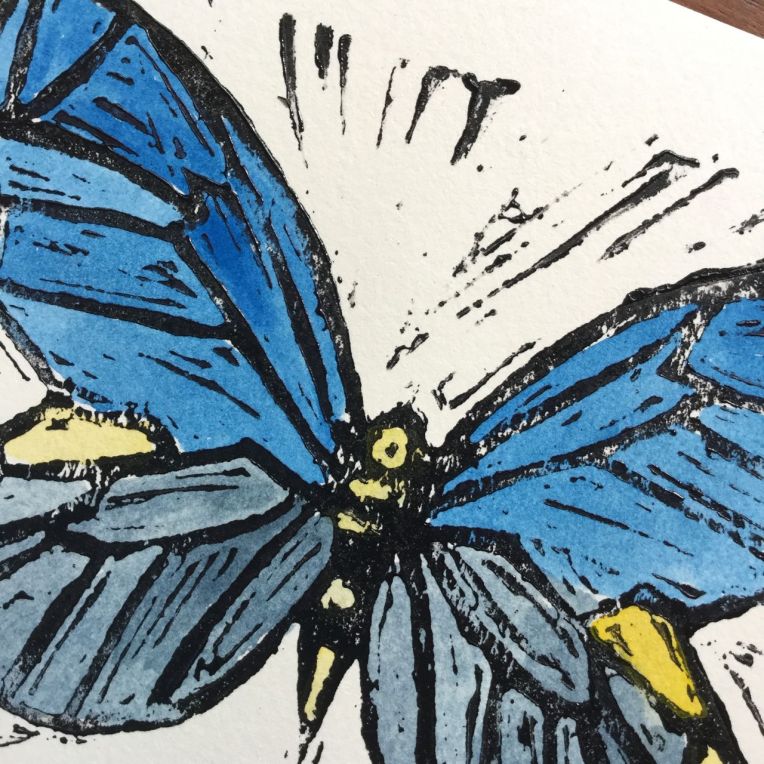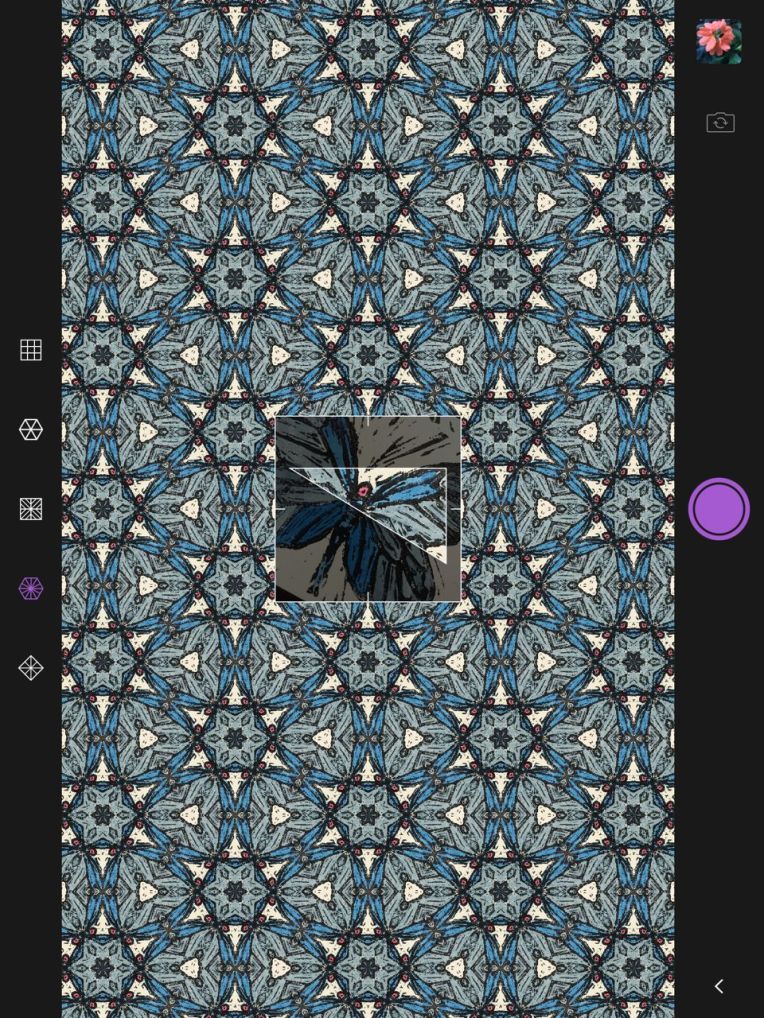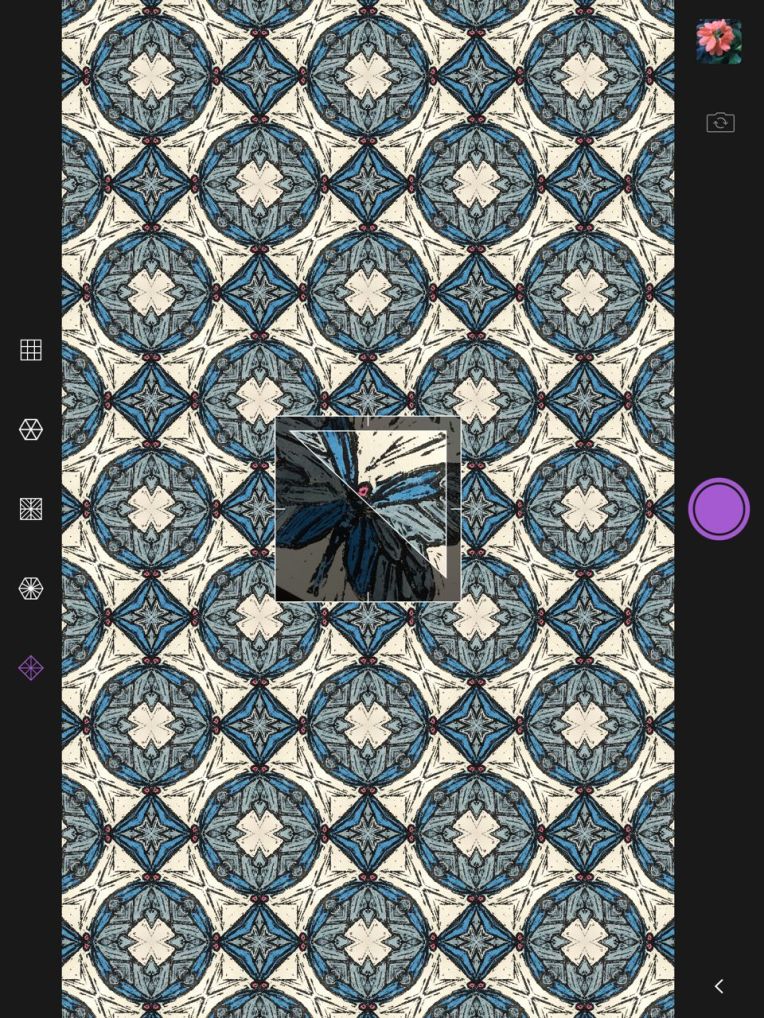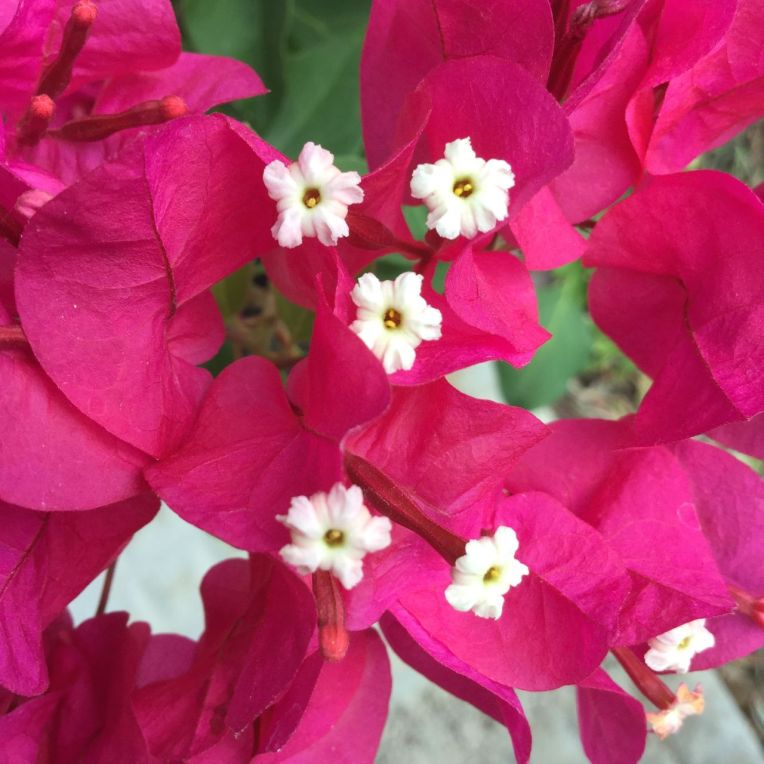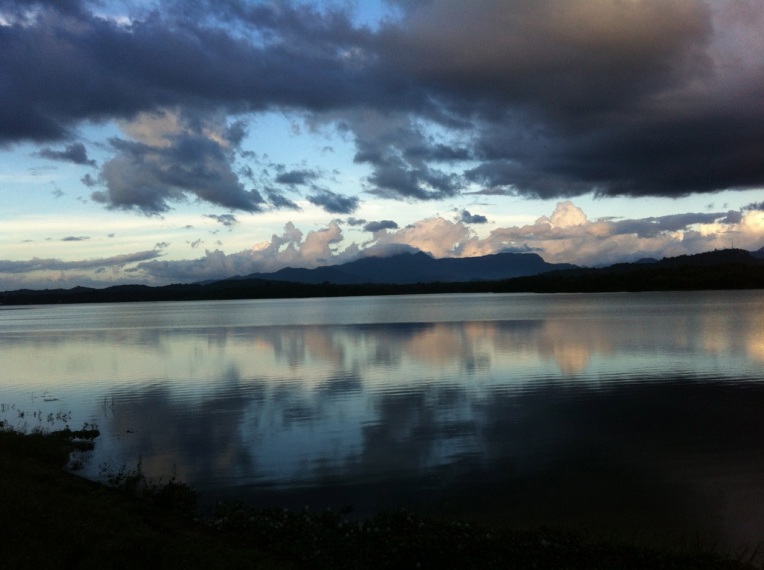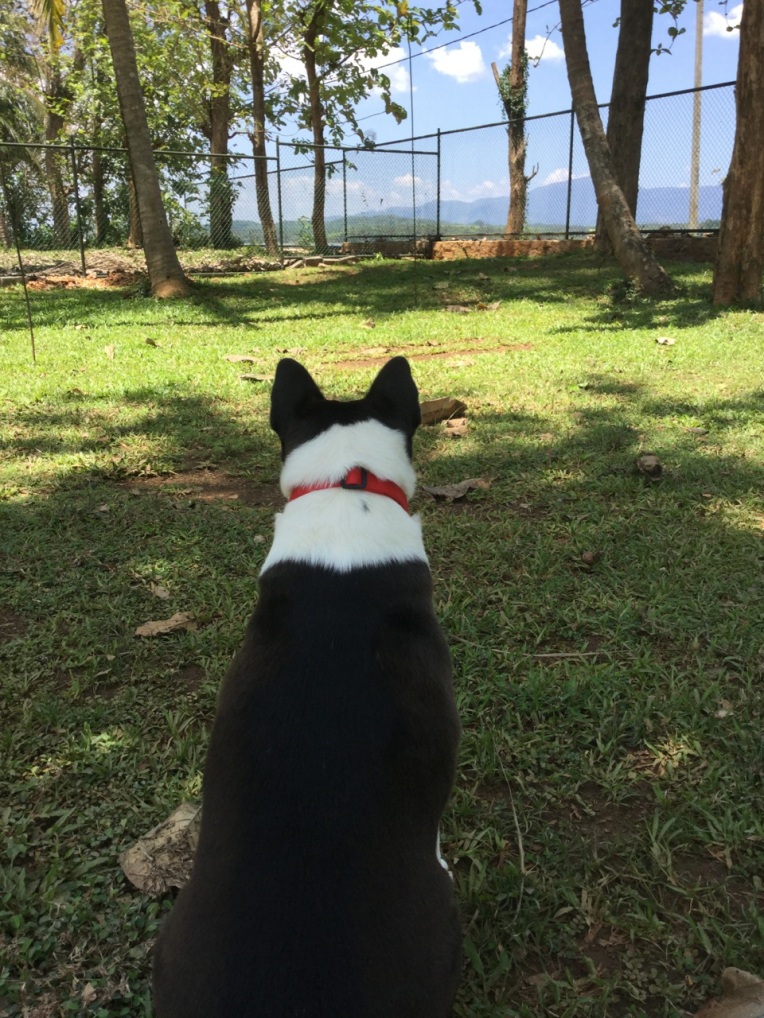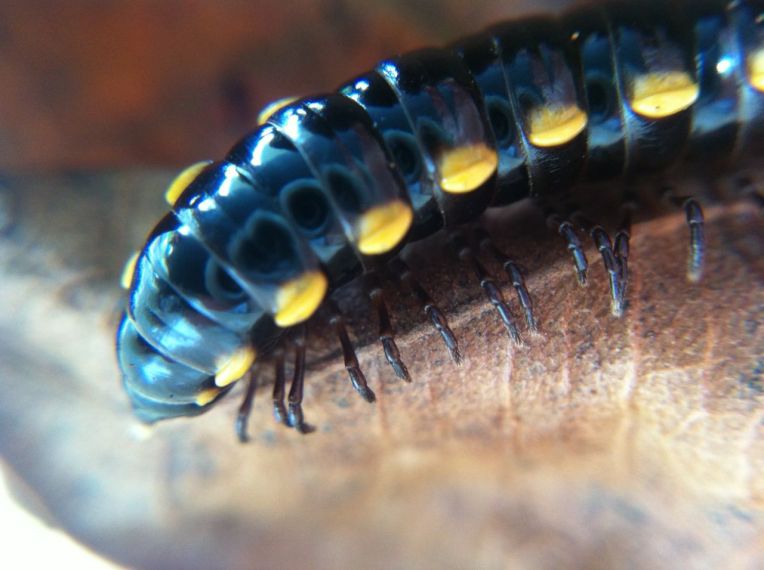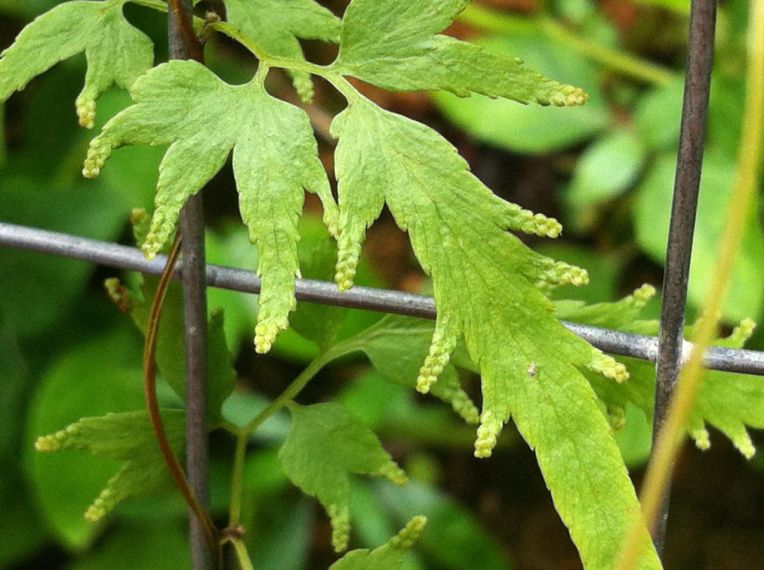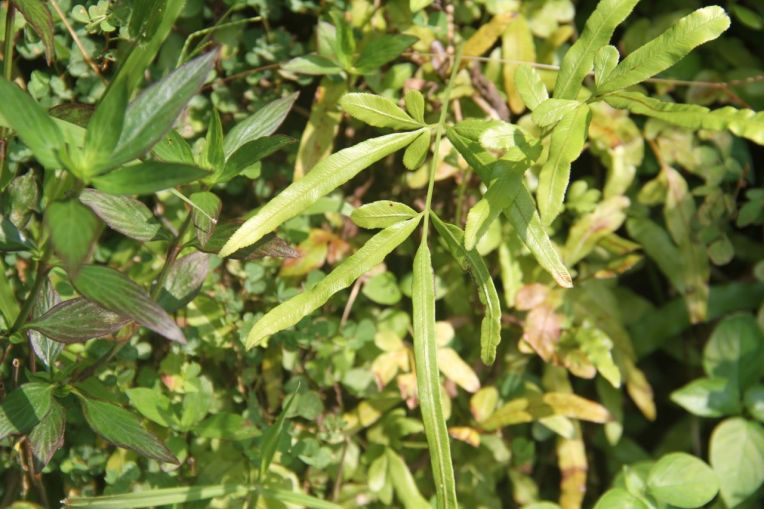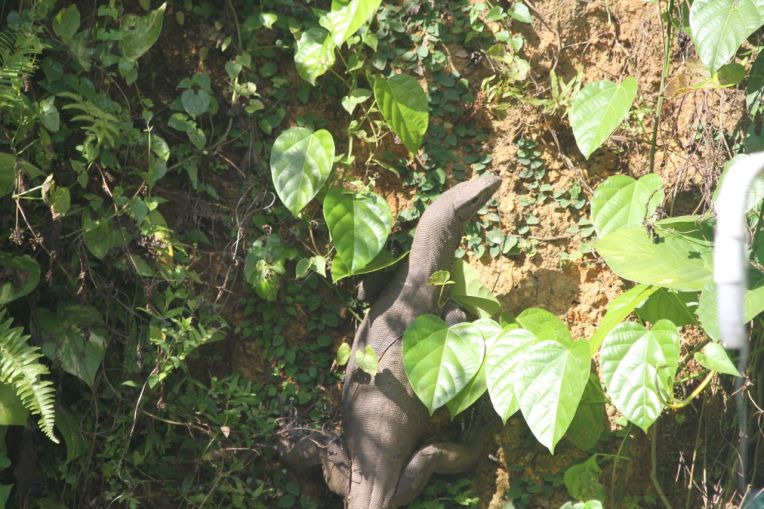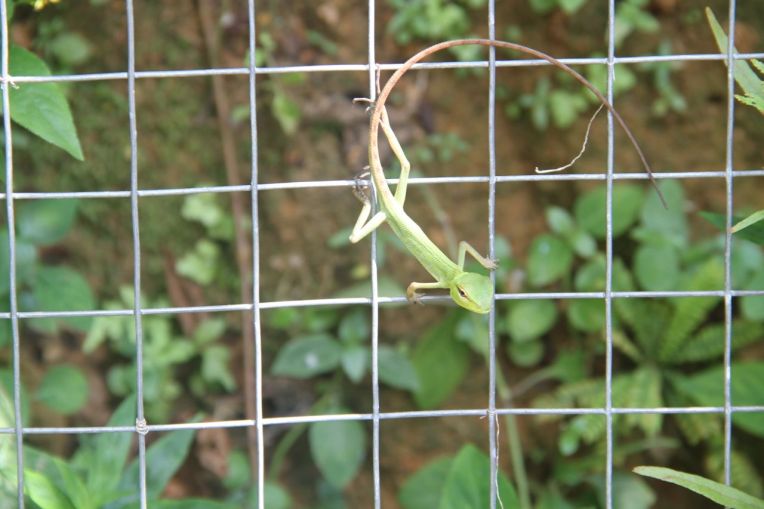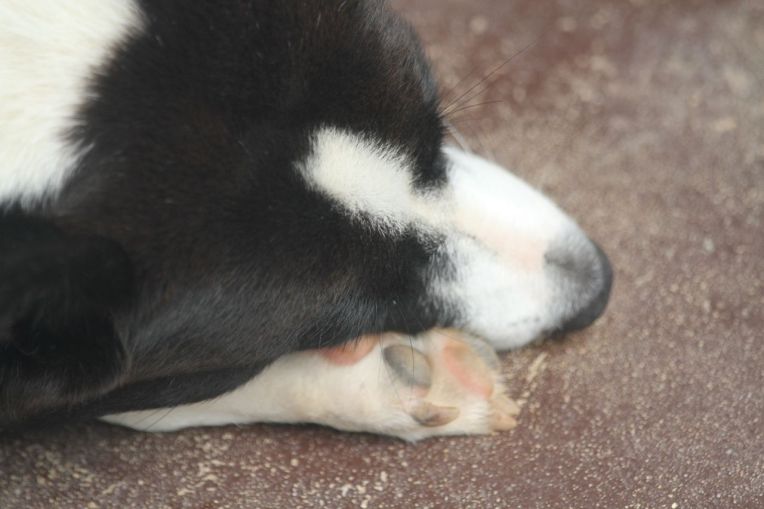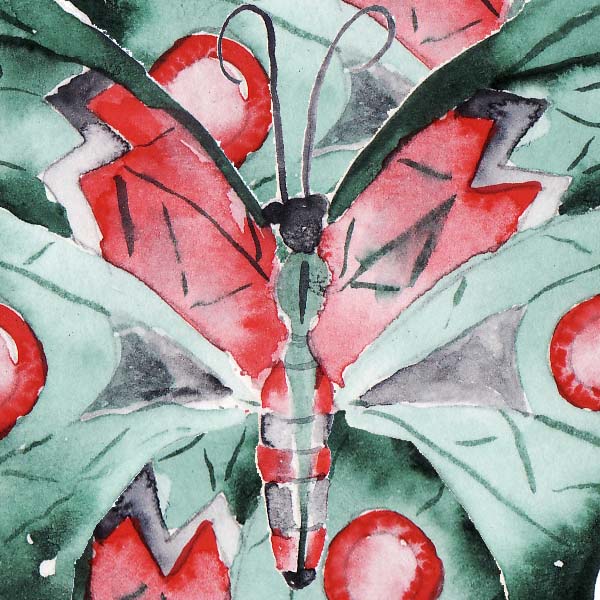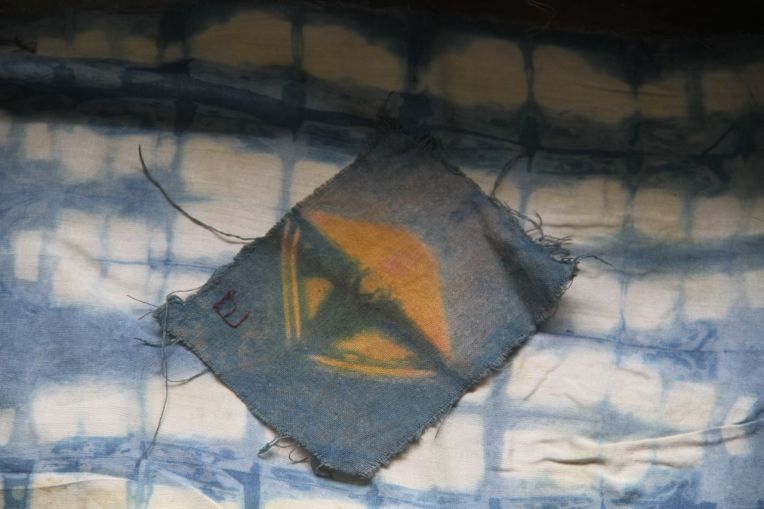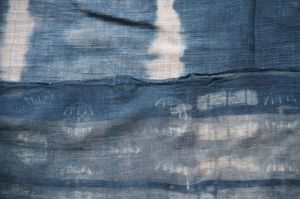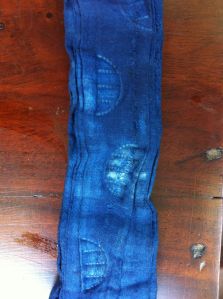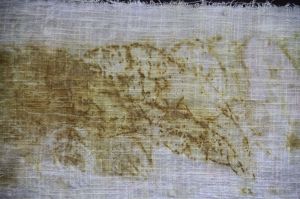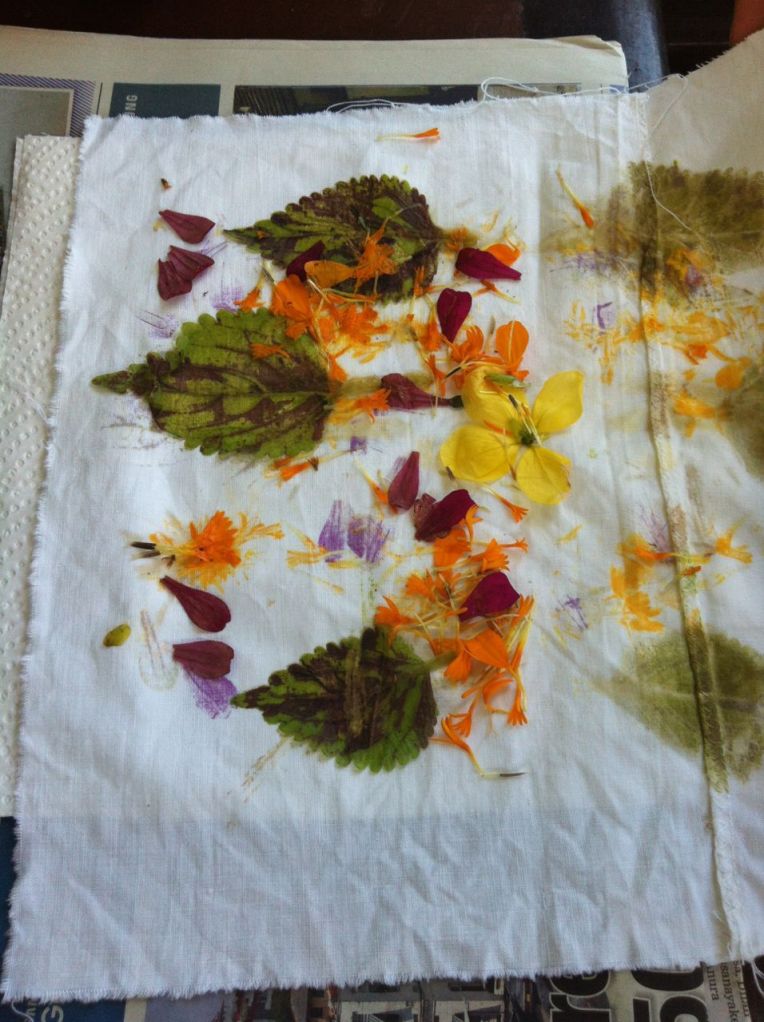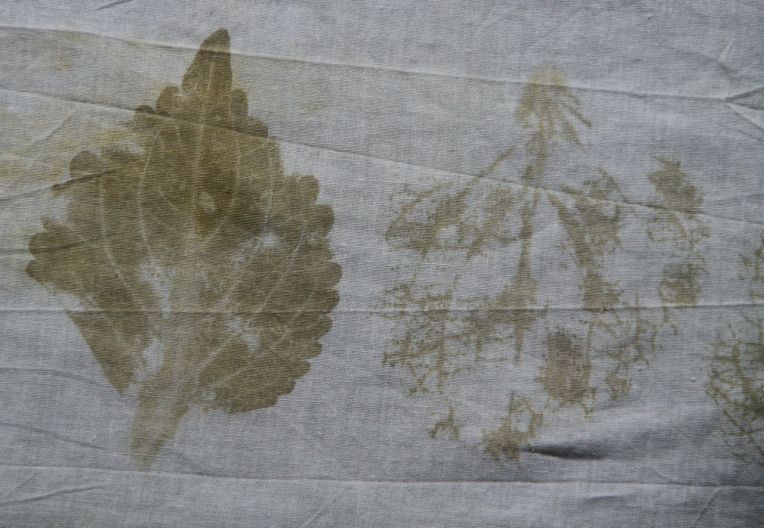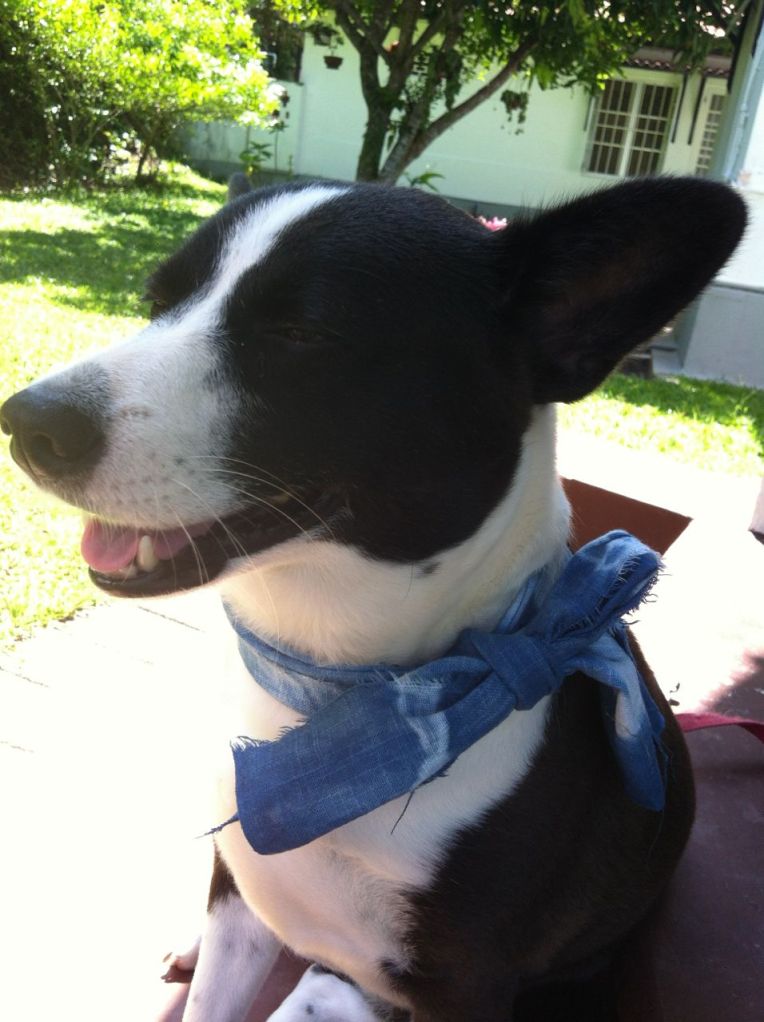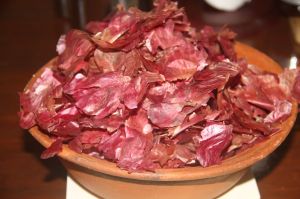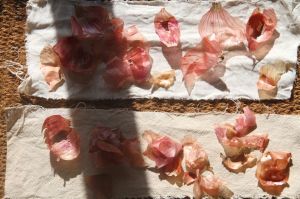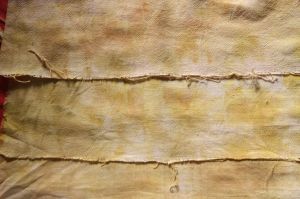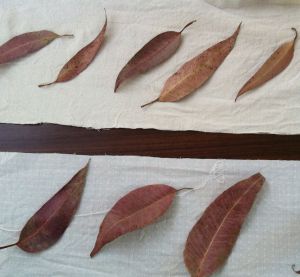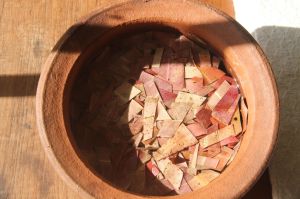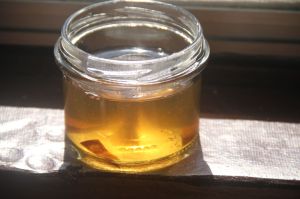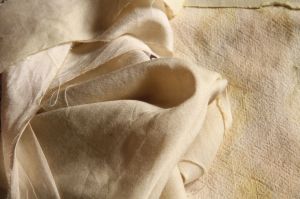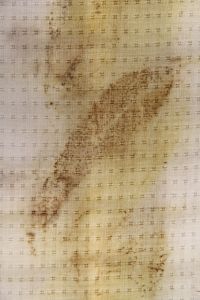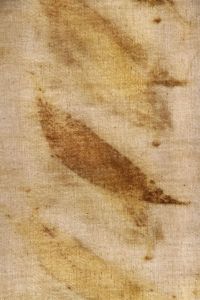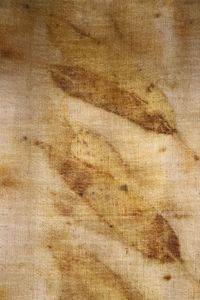I’ve been putting together a quilt of sorts, it’s made from pieces of my shibori indigo dyed cloth and is backed with a very soft, fleece-like fabric. To keep the two layers together I thought I’d use buttons.
I have quite a stash of buttons, so I played around with some different ideas.


None of them really stuck me as working and so I thought I’d make some buttons from the same cloth. I have a very archaic button maker and three different sizes of button forms.
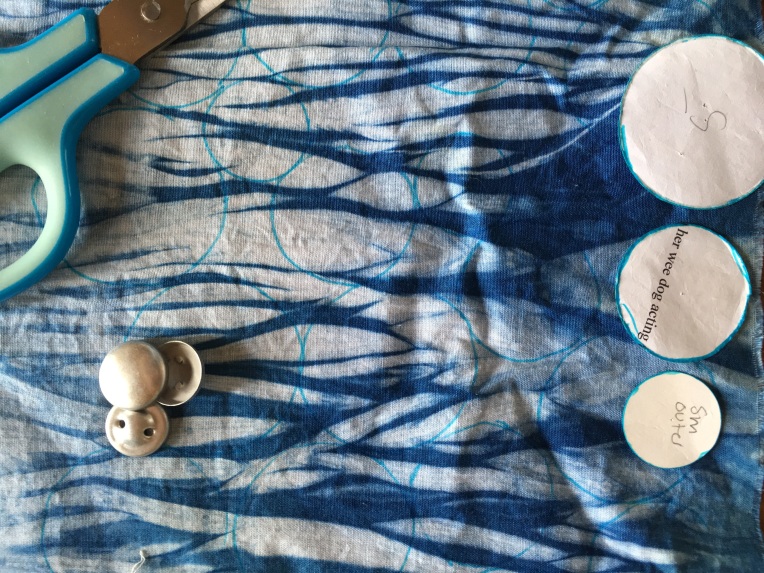
Using a paper template I cut out a variety of each size and along with a friend we sewed around the edge of each shape so as to gather the circle around the button form.

I love the process of making buttons, it’s relaxing and always lovely to see what emerges from the button machine. I try to arrange the fabric on the form for the best use of the pattern.

And hey presto!
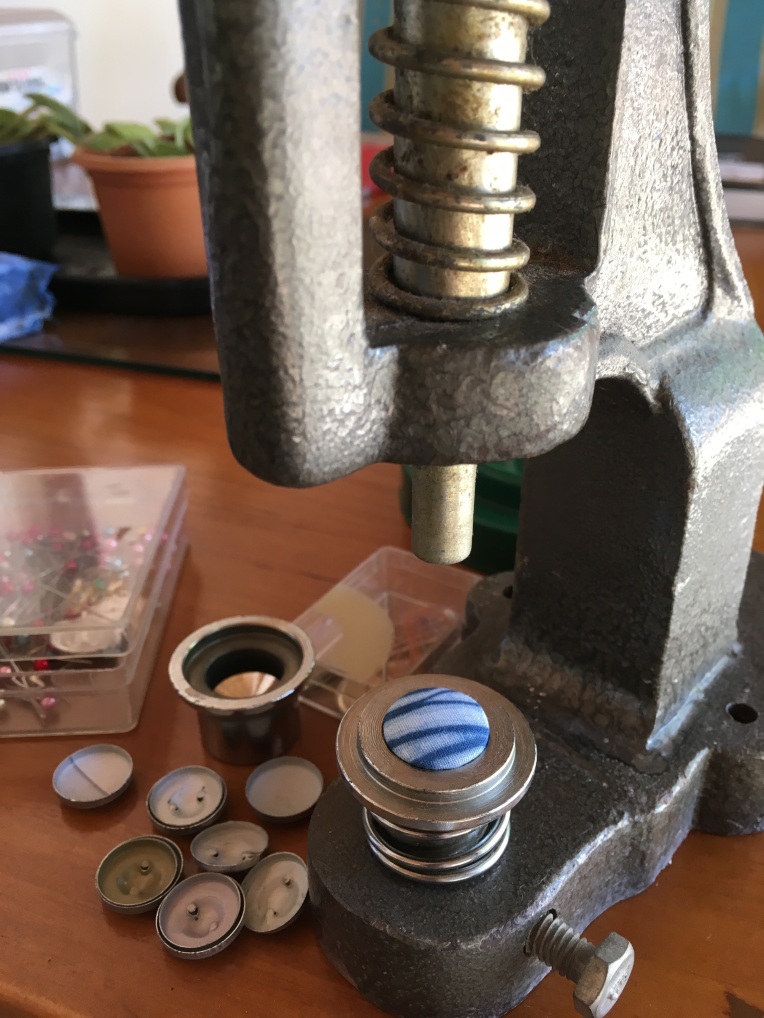
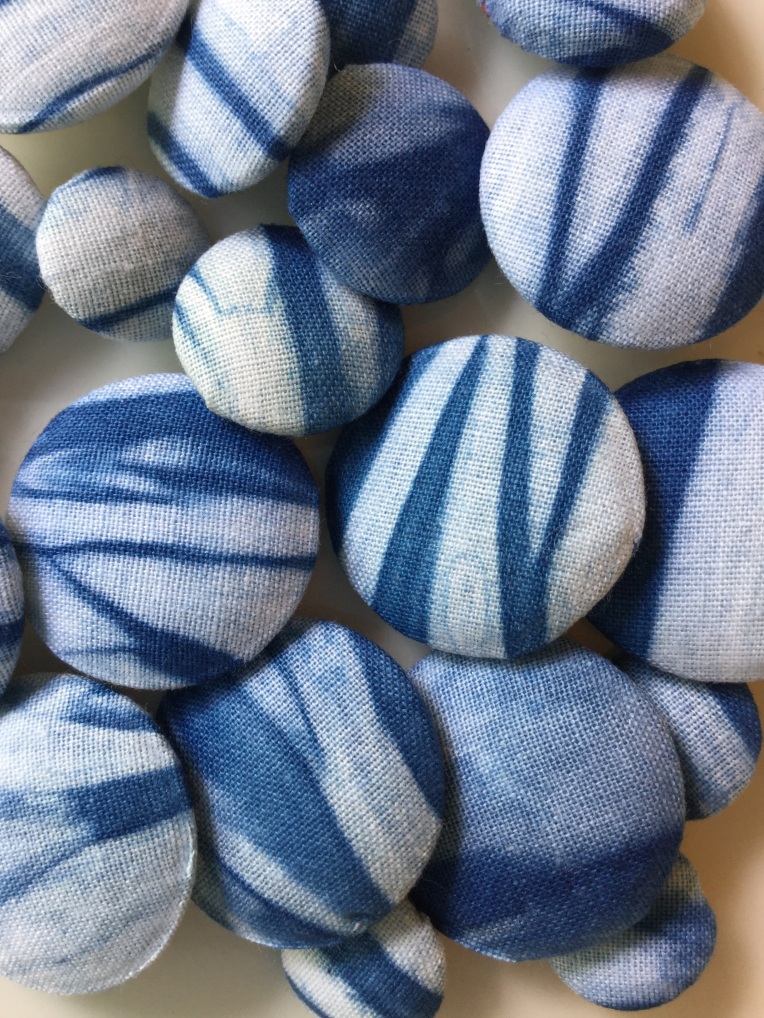
I love the pebble like effect. Sewing them onto the quilt is proving tricky, the holes in the back are not very needle friendly, but I’m getting there and the quilt will soon be finished.
I played around with the photograph of the finished button, and came up with a fun little design.


